By David Pease
Mergers and acquisitions represent a key strategic growth tool for business owners and executives in today’s business environment. Given the desire and popularity for growth by using this approach, opportunities to acquire targets have become increasingly more difficult to source in a competitive climate with a growing number of strategic and financial buyers looking to place available capital. Now more than ever, investors in businesses in the mid- to large-sized markets are looking to leadership teams to complete acquisitions to help fuel growth and ultimately increase the value of their stock.
So, what does the typical company do once it decides that growth through acquisition is in its strategic plan? Of the various ways to find acquisition opportunities, there are two main methods to source and complete a deal.
The first method is to identify and contact companies in a targeted industry. The second method is to look for investment bank deals that are put through an auction process. Both methods can provide success, but have their set of challenges that can be difficult to navigate without the proper experience, resources and guidance.
The first method starts by the acquiring company reaching out directly to known companies within a targeted industry. After a company reaches out to known acquisition targets and is unsuccessful in closing a deal, it will have to find and identify new acquisition targets. Most companies will find it difficult to uncover and engage additional targets, as well as devote the proper time needed.
It tends to be easier to source and have success with this approach — outside of using an adviser — when the buyer is visible and well-known to the market. Sellers tend to view well-known companies more favorably because of their perceived ability to offer a significant exit. Well-known companies are more attractive to the prospective buyers, which makes the acquisition search process easier.
Lesser-known companies do not have this advantage. They will probably have to go through a lengthier, time-consuming process to find and identify acquisition targets beyond the known ones. A buy-side firm can help bring value to the process. Relying on the expertise and experience of a buy-side firm’s ability to manage the acquisition search process can be key to the ultimate success of the search.
The second method companies use to identify target opportunities is contacting sell-side investment banking firms. Sell-side focused investment banking firms put their clients through a competitive auction process. It can be difficult to get a deal done when the buyer enters the auction process to acquire the target because the buyer has to compete against other attractive buyers.
Other buyers can be difficult to compete against and may be able to move through the initial diligence process faster, allowing them to offer a higher multiple of earnings. Additionally, this may also lead the prospective buyer to overpay for the target because of the competitive bidding nature of the auction process. In contrast, when a buyer purchases a target in a proprietary deal, the buyer will typically pay a lower multiple of earnings than they would in an auction process. The likelihood of a deal reaching the closing stage, given the auction process, is significantly diminished.
Searching for deals primarily in the auction market, as opposed to using a buy-side adviser who can run a process that results in proprietary opportunities, will increase the buyer’s odds of paying a higher premium for the target company. The ability to speak to attractive targets, when no other prospective buyer is, can be very valuable for the buyer at closing. That ultimately leads to success when measuring the results of your acquisition goals.
Because of the challenges presented by the two main methods to source and complete an acquisition, engaging a qualified buy-side adviser as a professional intermediary is usually the most proactive way for a prospective buyer to be successful in acquiring the target company. In these situations, the buyer engages the adviser to execute a comprehensive buy-side process for identifying and facilitating the successful closing of one or more transactions.
It is important to understand a buy-side firm’s methods and tactics while managing the search process. You will want to know how they will execute a search process that is measurable and backed by the performance statistics of the firm. This will ultimately lead to a successful engagement.
Additionally, you may also want to find an adviser who not only is an expert in closing transactions from a deal prospective, but from the tax side as well. If your adviser understands deal structure and how post-transaction taxes can affect the seller, there may be an alternative deal structure that helps increase the amount made by the seller, without increasing the purchase price.
Using a buy-side adviser to help with your acquisition growth goals can be a very smart strategic decision that will lead to a successful result.
David Pease is vice president at Pease Acquisition Advisors. Contact him at 216-472-4455 or dpease@peaseacq.com.
